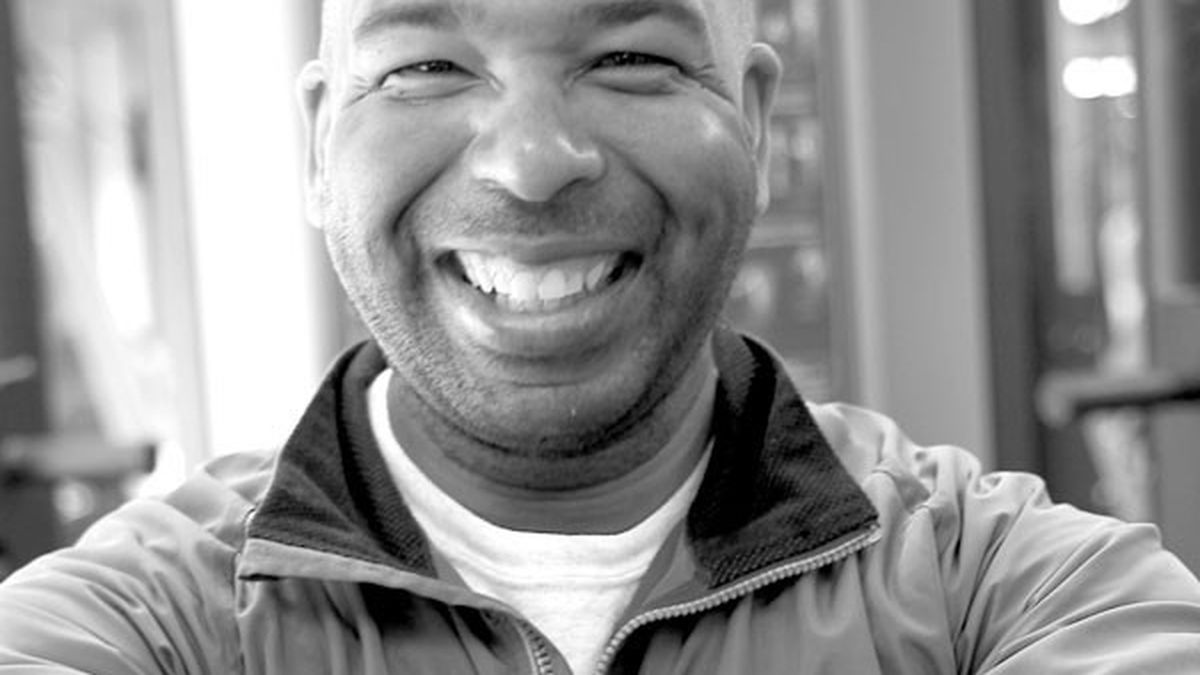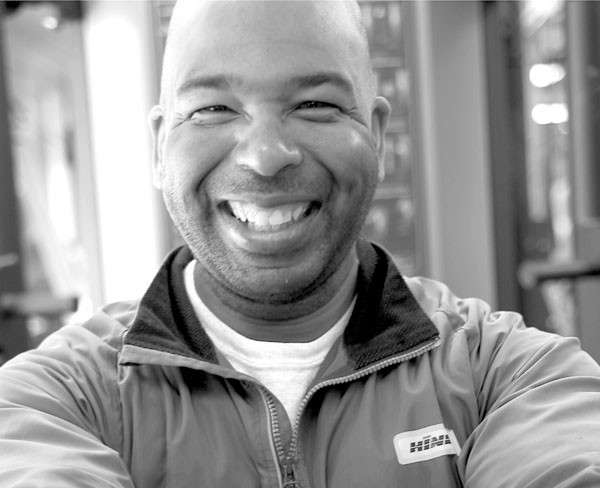It’s the New Year, which means most of us have recently committed some type of sacred vow to exercise, sweat, or at least move more than the walk from the car to the cubicle. But motivation is always the elusive ingredient. For many, the key to ending a motionless existence is finding the right soundtrack. Music not only can be motivational, but also can distract from the monotony of an exercise routine. But what that means to one may mean something entirely different to another. Whether it’s Motown, Mastodon, or Mariah Carey, the music we choose to work out to may say something about our goals, our style, perhaps even our gender. For some, it’s simply an afterthought, but to others, it’s a way of life.
Steve Boyett is a 48-year-old relatively unknown DJ based in Los Angeles. But in the world of workout music, he’s king. Boyett has made his career out of making music for people to workout to. His free, weekly podcast, Podrunner, is an hour-long continuous mix of electronic dance music set at a fixed number of beats per minute (BPM), which is perfect for people who run or do cardio exercises and want to keep up a certain pace. It’s currently the number two downloaded music podcast on iTunes (right behind NPR’s “All Songs Considered”) and has ranked on iTunes’ top ten list since it debuted in February 2006. At half a million downloads per month, Boyett’s Podrunner has taped into a hungry — and lucrative — market. Timex is one of his sponsors.
“I’ve pretty much become the 800-pound gorilla,” said Boyett sheepishly during a recent phone interview. “I don’t attribute it to my mad sick DJ skills. I just think it’s a good idea.”
Boyett first decided to make fixed-BPM mixes for his wife, who was a marathon trainer and an aerobics instructor. She was tired of paying $100 for cheesy aerobics mixes and wanted something different, and Boyett thought others might feel the same. “How many times can you listen to ‘Eye of the Tiger?’?” Boyett recalled thinking. “I put it out there and iTunes featured it right away. My server crashed. I had no idea. My life just took a left turn from that day on.”
Boyett, who’s also a novelist, doesn’t create any of the music himself. Still, the challenge with creating the mixes, he says, is to avoid monotony. “DJs tend to increase BPM to increase intensity,” he said. “You’re hamstrung with the format here because you can’t do that; the beat never stops.” In order to build energy, Boyett starts with less busy tracks to give the feeling that the BPM is increasing over the hour without it actually doing so.
Turns out that electronic dance music may be the perfect format for exercising to. Or so Boyett believes. “The thing about electronic dance music is it’s almost genetically engineered for that. They’re not meant to be self-contained. They’re not about melody. You’re supposed to move to them.” And, clearly, a lot of folks agree.
Although Boyett assumed his audience would be mostly twentysomethings who “loved club music and didn’t want to listen to Aerosmith,” his demographic turned out to be 25 to 35 year olds, equally split among men and women. People as young as eighteen and as old as fifty and sixty download the podcast, too. Having such a split gender audience is unusual, said Boyett, since workout music tends to attract more women, who generally take better care of themselves. His male demographic he attributes to the geeky male nature of podcasts.
While men and women might both work out to music equally, what they choose to listen to does seem to differ, believes Chris Lawhorn, who just launched RunHundred.com, a web site that helps people find music that matches the pace of their workout. Austin-based Lawhorn uses Top 40 hits as examples, which are logged by BPM, and he found that women overwhelmingly make up his target audience. “The guys are more fixed about what they listen to,” said Lawhorn. “They don’t care about running to the beat. They want to run to a very specific thing — it’s weird.” As example, he cited one guy who only ran to the Cars’ first album because it was the perfect length of time (35 minutes), and another guy who only listened to Metallica. “They’re very interested in only working out to music that they would listen to in a non-workout capacity, whereas the girls, it’s like a separate thing in their iPod,” he said. “They want the same sort of thing you listen to in a club — all up-tempo.”
For some, what type of music one listens to — or whether one listens to music at all —depends on the type of exercise performed. Musician Cary Penwarden, 39, doesn’t listen to anything while working out at Gold’s Gym on Grand Avenue in Oakland. “When I’m in the gym I get really bored, so I feel watching TV helps pass the time better,” Penwarden said, adding that she also flips through magazines to help distract her from her workout. When running around Lake Merritt, however, she listens to whatever is on her iPod — be it gospel music, the Police, or jazz. “It totally varies,” she said.
Sometimes it’s just a matter of convenience. Husband and wife Randy and Andrea Schneider said they typically listen to whatever music plays overhead at the gym, and consider music simply a distraction. But when running, Randy said he listens to “modern rock on the acoustic side,” while Andrea opts not to listen to anything at all. She doesn’t like wearing headphones or having an iPod strapped to her.
Listening to music is practically a necessity for 42-year-old David Dickerson, who was running around Lake Merritt on New Year’s Day listening to Ice Cube on his iPod Shuffle. Dickerson said he usually listens to the same thing, whether running or working out at the gym: rap or “house techno with bass in it,” like Morgan Page. “It keeps me focused because if I don’t listen to anything I start listening to my body and I start feeling tired,” he explained.
That’s not always a good thing, says Kevin Allen, owner of Namaste Personal Training in Emeryville. Allen, who allows his clients to put on their own music when working with them one-on-one, says that while music can be both a distraction and a motivator, it’s important not to tune out one’s body. “When people use music for inspiration they should always keep in mind what their capacity is and what their goal is,” he said. When it comes to cardio exercises like the treadmill, Allen advises his clients to not listen to music. “Most people do cardio too aggressively anyway. TV is actually a distraction but it keeps them in the zone.”
When people do listen to music, their choices aren’t always obvious. “You’d be surprised the people who come in here wanting to listen to Eminem and you think they wanna hear John Waite,” said Allen. The weirdest thing someone wanted to listen to while working out? “Probably NPR,” he laughed. (Lawhorn said someone once asked him if he could lay a beat under NPR’s “All Things Considered.”)
After all, workout music may seem singular in intention, but it can have a greater impact. One of Boyett’s Podrunner listeners, commenting on his iTunes page, said he’d lost seventy pounds while working out to his mix. Another wrote that she was a chemotherapy patient who became inspired to get going again. “I nearly cried,” Boyett said after reading it. “You don’t intend those consequences.”













